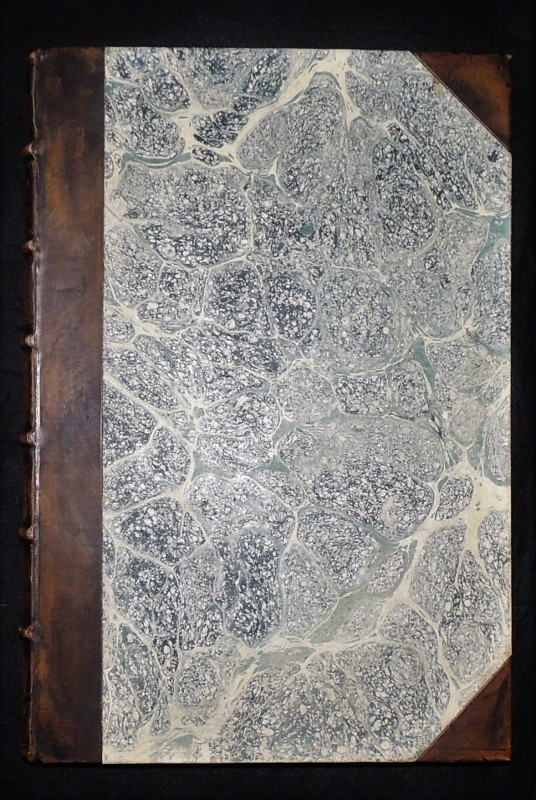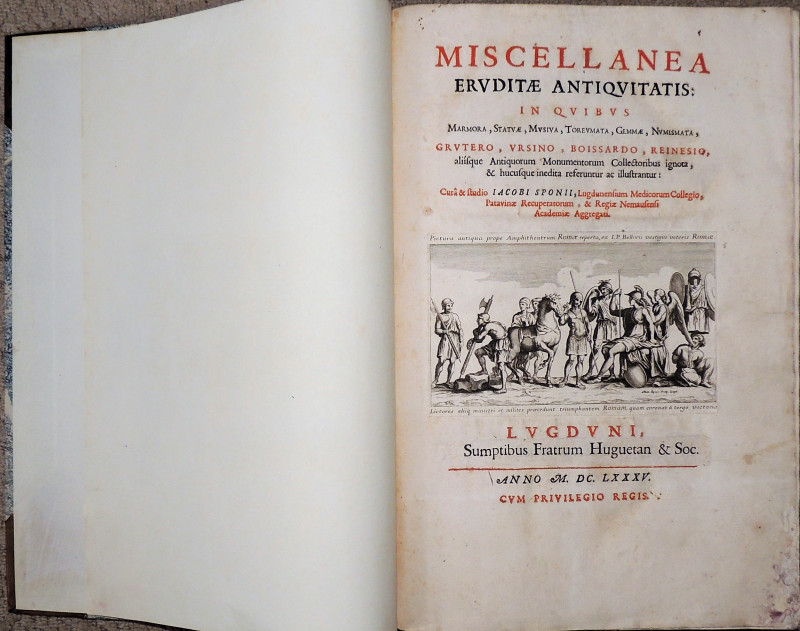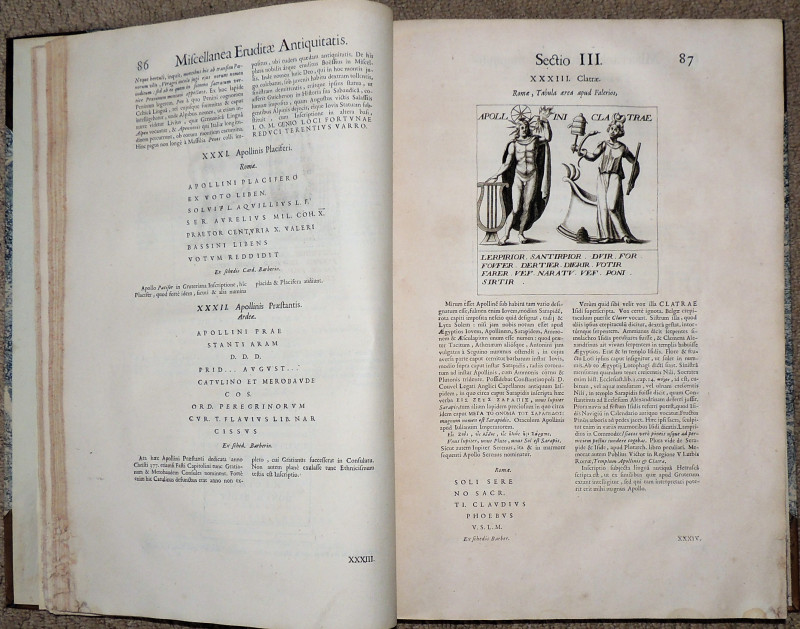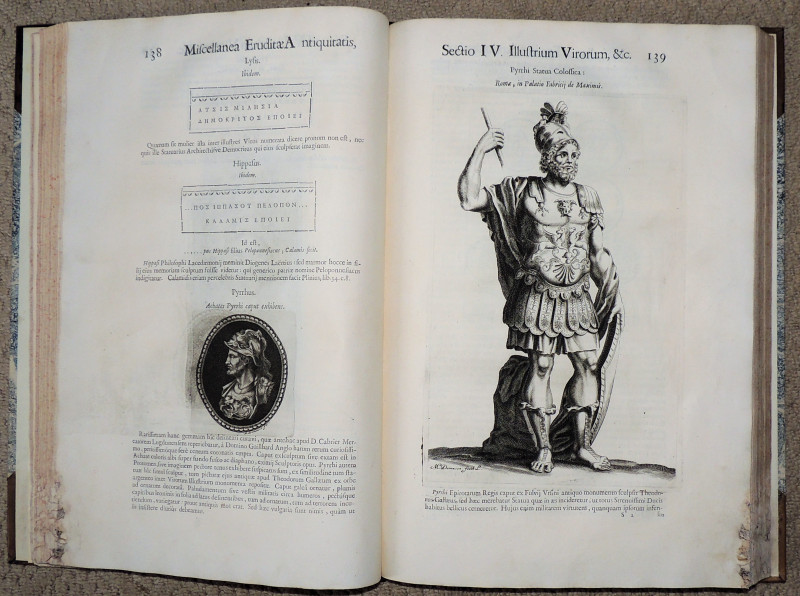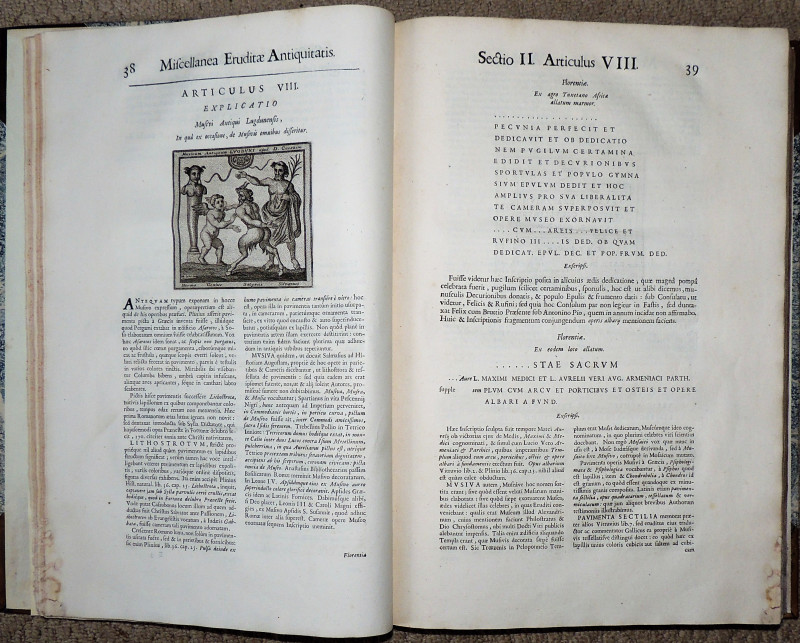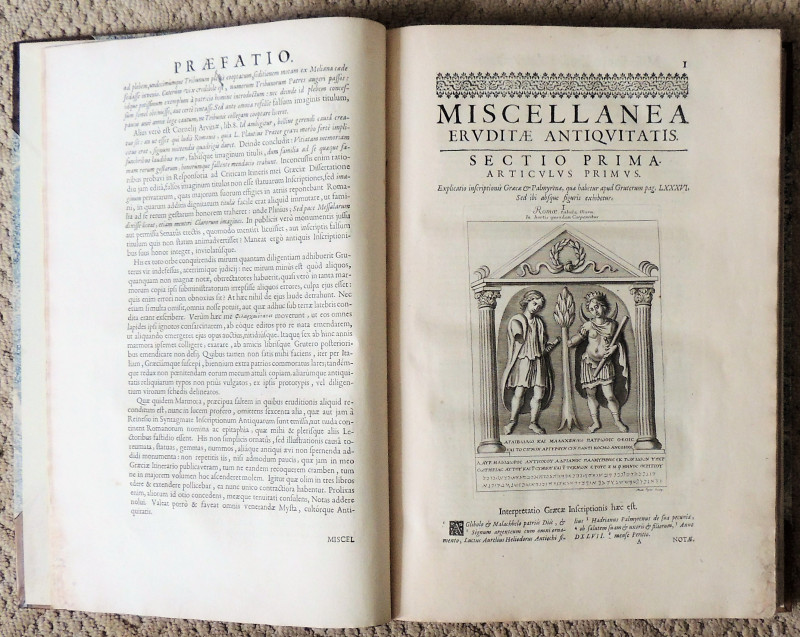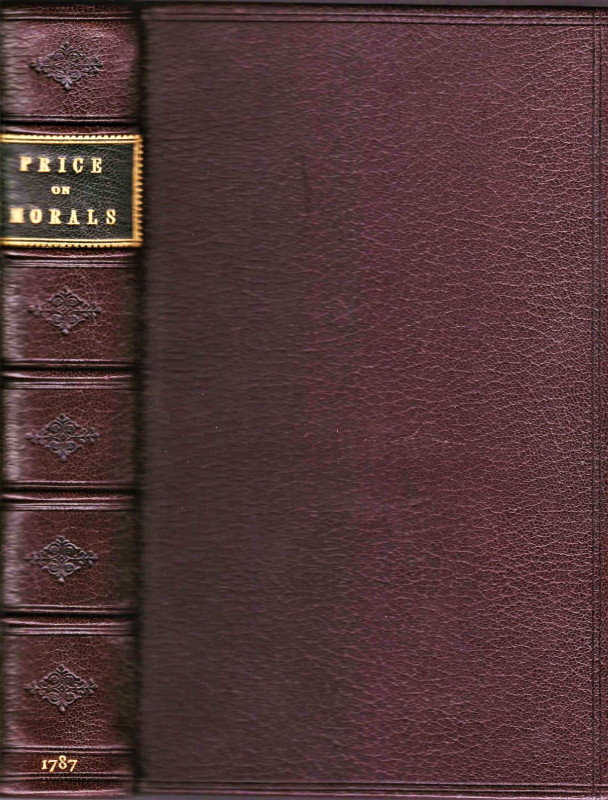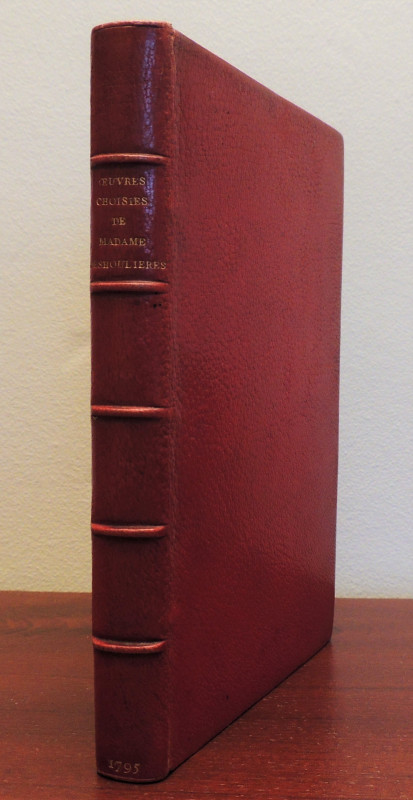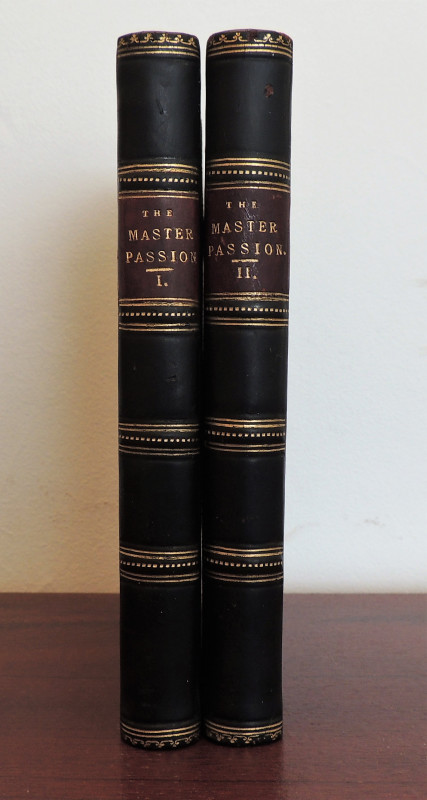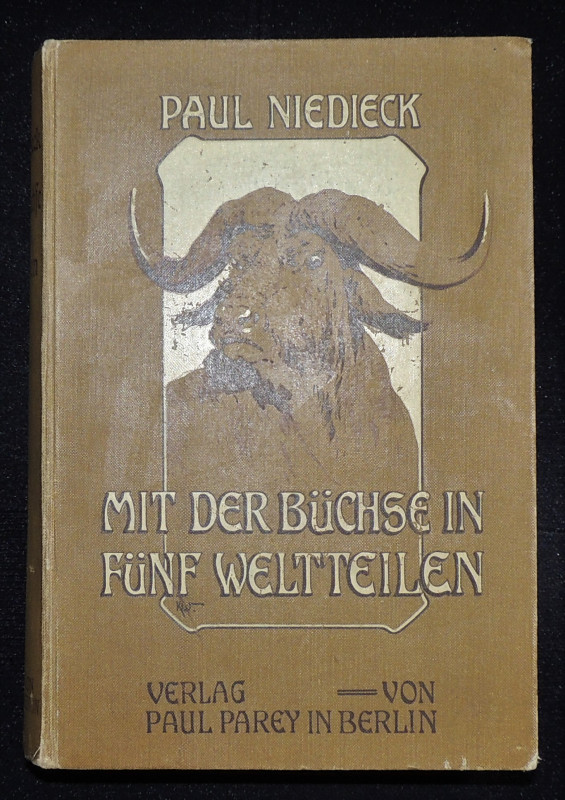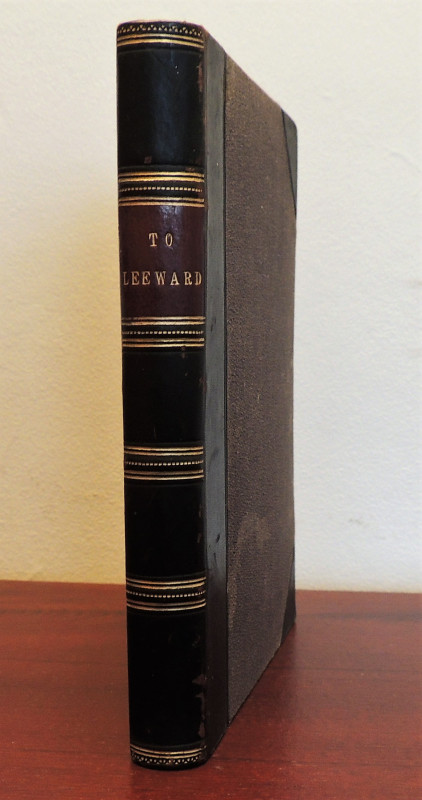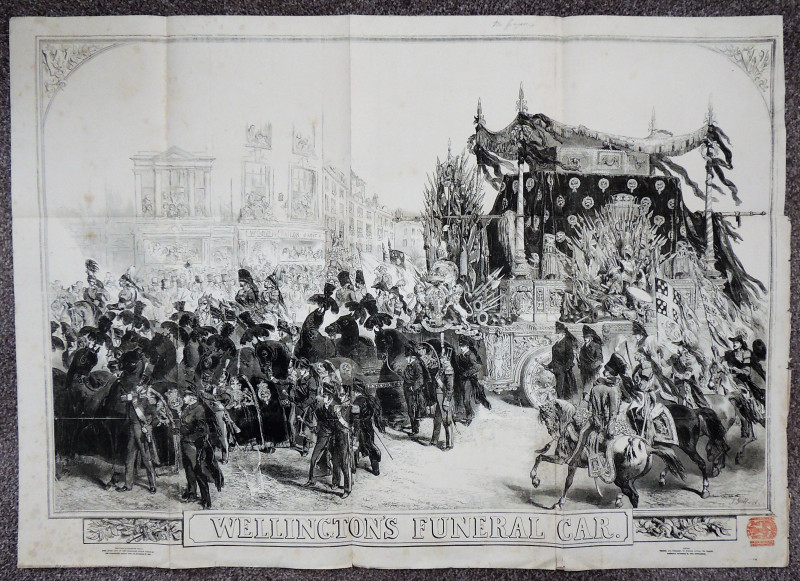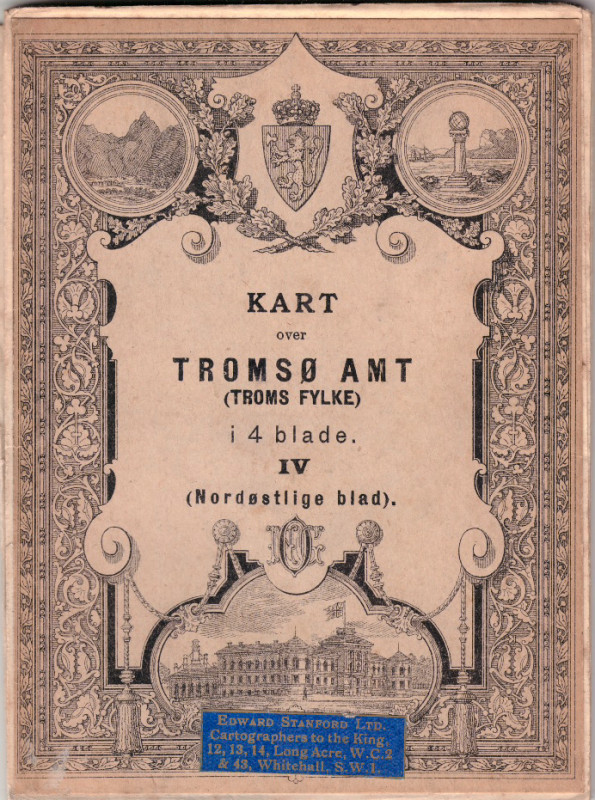MISCELLANEA ERUDITAE ANTIQUITATIS
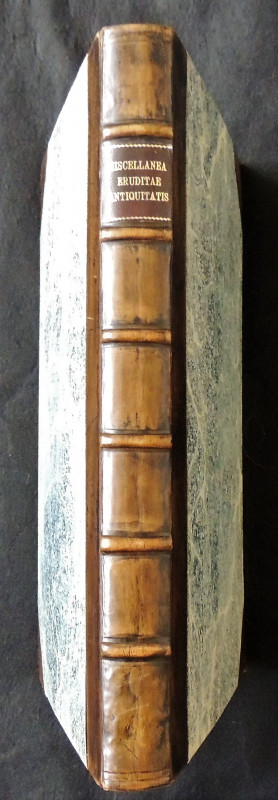


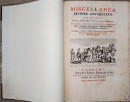
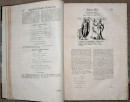

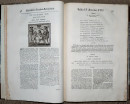
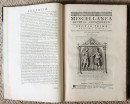
Book Description
MISCELLANEA ERUDITAE ANTIQUITATIS: in quibus marmora, statuae, musiva, toreumata, gemmae, numismata, Grutero, Ursino, Boissardo, Reinesio, aliisque antiquorum Monumentorum Collectoribus ignota, & hucusque inedita referuntur ac illustrantur.
Fratrum Huguetan & Soc. Lugduni. [Lyon]. 1685. Folio. Title page printed in red and black, with title vignette engraved by Mathieu Ôgier. (6), 376, (4)pp. Illustrated with copperplate engravings by Mathieu Ôgier and M. Demasso. Text in Latin and Greek. Recent antiqued half calf, marbled boards. Spine in seven compartments with raised bands and leather label. Renewed endpapers. All edges sprinkled red. Title page lightly toned, with a short closed tear to mid margin. Short closed tear to margin of 5/6. Historic staining to lower corner margin with some fragmenting to the edge of a few pages. Light shelfwear to marbled boards. Bookplate to fep.
Provenance: Alan Morris of Kenchester, Herefordshire. Chemist, Archaeologist and Numismatist. Engraved Bookplate: Headpiece of an open book, with headings from the Antonine Itinerary showing Bravonio [Leintwardine] A. Magnis [Kenchester], Gobannio [Abergavenny]; Roman Gateway; Picatrix Avg, Fides Militum.
Jacob Spon (1647-1685) was a physician with a keen interest in archaeology. A pioneer in the exploration of the monuments of Ancient Greece, in Rome he met British botanist George Wheler. They travelled to Florence, Bologna and Ferrara; in June of 1675 they sailed from Venice to Istanbul. Sailing along the Dalmatian coast and the Ionian Islands, they explored Zakynthos and later Cythera, visited Delos and eventually reached Istanbul. They also visited Bursa and Thyateira in Asia Minor, and stayed in Izmir. In their second journey, they crossed over to Patras from Zakynthos, visited Delphi, travelled to Athens and explored the region of Attica. Sir George Wheler's collection of antiquities was bequeathed to Oxford University. Travel to Turkish occupied Greece at this time was hazardous. Spon and Wheler were among the first knowledgeable Western European travellers to see the antiquities of Greece at first hand. Many of the antiquities described in Miscellanea eruditae antiquitatis are now lost.
A significant contribution to the emerging discipline of classical archaeology, Jacob Spon transformed antiquarianism into a field science. In Miscellanea eruditae antiquitatis, Spon offers one of the earliest definitions of "archaeologia" to describe the study of antiquities in which he was engaged. "The modern Latin word archaeologia was first used to designate a discipline concerned with the study of ancient monuments by Jacob Spon of Lyon in his Miscellanea eruditae antiquitatis (Lyon 1685)" (Anthropology Newsletter, Vol. 16). The book is also significant for Spon's pioneering classification of archaeology into eight principal areas of study: Numismatographia - the study of ancient coins, Epigrammatographia - study of ancient inscriptions, Architectonographia - study of ancient architecture, Iconographia - study of ancient art and its imagery (including statues), Glyptographia - study of (engraved) gems and cameos, Toreumatographia - study of bas-relief sculptures, etc., Bibliographia manuscriptis - study of ancient manuscripts, and Angeiographia - study of ancient vases and other utensils.
Author
Spon, Jacob
Date
1685
Binding
Half calf, marbled boards
Publisher
Sumptibus Fratrum Huguetan & Soc. Lyon
Illustrator
Mathieu Ôgier and M. Demasso
Pages
(6), 376, (4)pp.
Friends of the PBFA
For £10 get free entry to our fairs, updates from the PBFA and more.
Please email info@pbfa.org for more information
